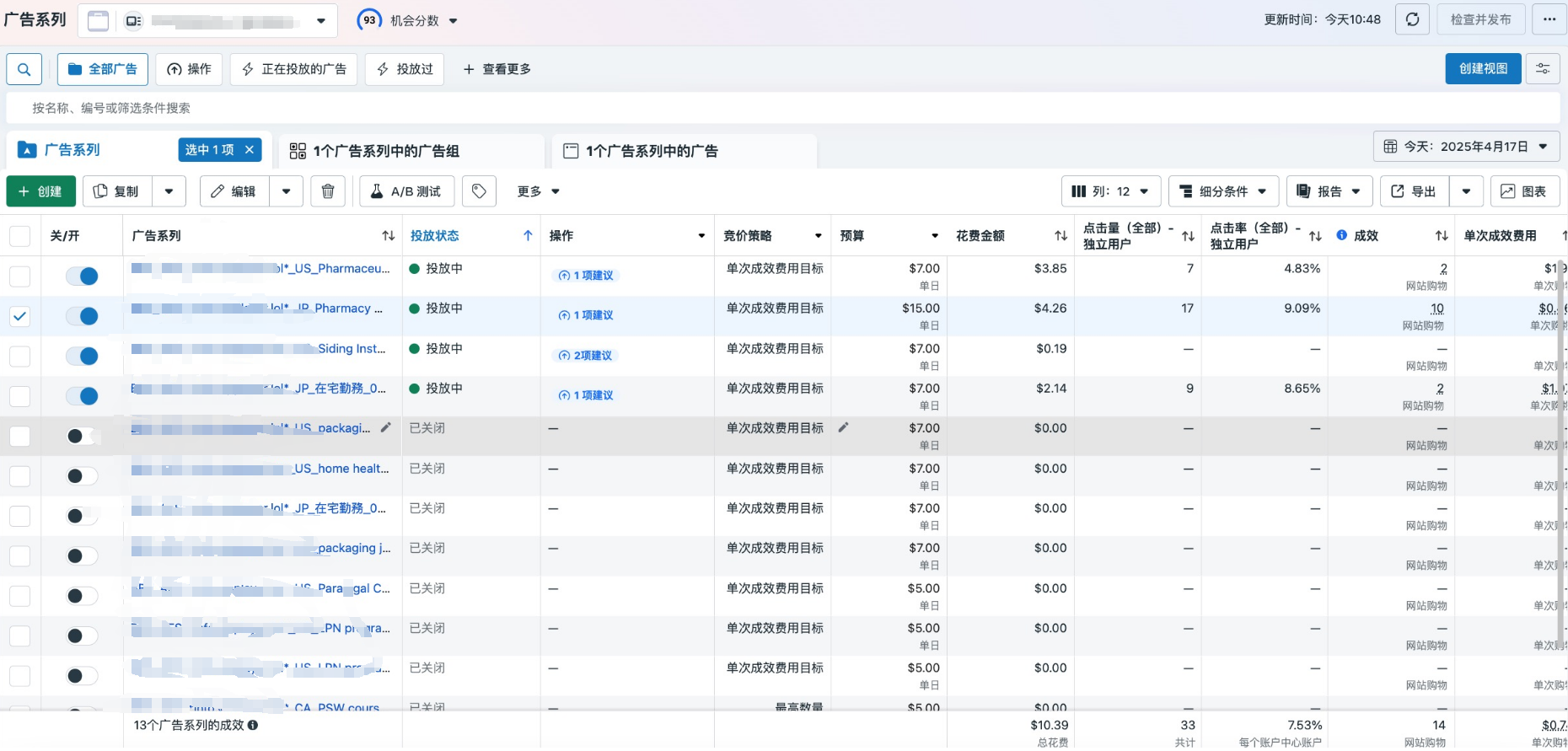
How to Maximize Your Learning During a Master’s in Data Science: Course Selection and Project Practice
Pursuing a Master’s in Data Science is a valuable investment, but to fully benefit from the program, strategic course selection and hands-on project experience are essential. Here’s how to make the most of your studies and prepare for a successful career in data science.

1. Choosing the Right Courses
A well-rounded course plan should balance theoretical foundations with practical applications. Consider the following key areas:
Core Courses (Essential for All Data Scientists)
- Statistics & Probability: A strong foundation in statistical methods is crucial for data analysis and machine learning.
- Machine Learning: Courses covering supervised and unsupervised learning, neural networks, and deep learning will be vital.
- Data Structures & Algorithms: Understanding how data is organized and manipulated helps optimize computational tasks.
- Big Data Technologies: Learn tools like Hadoop, Spark, and NoSQL databases for handling large datasets.
- Data Visualization: Courses in tools like Tableau, Matplotlib, or Power BI enhance your ability to present insights effectively.
Electives Based on Career Goals
- Natural Language Processing (NLP): If you’re interested in working with text data and AI chatbots.
- Computer Vision: Ideal for roles in image recognition, facial recognition, and automation.
- Reinforcement Learning: Useful for AI-driven applications like robotics and self-driving cars.
- Business Analytics: Great for those aiming for leadership roles in finance, marketing, or strategy.
2. Gaining Practical Experience Through Projects
Beyond coursework, hands-on projects are key to reinforcing your skills and making you stand out in the job market.
Academic Projects
- Choose coursework that involves real-world datasets and problem-solving.
- Focus on open-ended problems where you can experiment with different modeling techniques.
Personal & Open-Source Projects
- Contribute to GitHub repositories or participate in open-source data science projects.
- Work on Kaggle competitions to solve industry-relevant challenges and compare your solutions with peers.
- Build a portfolio website showcasing your projects, code, and methodologies.
Internships & Industry Collaboration
- Apply for internships at tech companies, research labs, or startups.
- Collaborate with faculty or peers on research projects that use data science for solving real-world issues.
3. Mastering Key Tools & Technologies
To be job-ready, you need proficiency in industry-standard tools:
- Programming: Python (NumPy, Pandas, Scikit-learn), R, SQL
- Cloud Platforms: AWS, Google Cloud, or Azure for deploying models
- Database Management: SQL, MongoDB
- Big Data Tools: Apache Spark, Hadoop
- Version Control: Git and GitHub for collaborative coding
4. Networking & Continuous Learning
- Join Data Science Communities: Engage in discussions on platforms like LinkedIn, Stack Overflow, and Reddit.
- Attend Conferences & Meetups: Events like NeurIPS, ICML, and Strata Data Conference help you stay updated with trends.
- Take Online Courses: Platforms like Coursera, edX, and Udacity offer advanced certifications.

To maximize your master’s experience, balance coursework, hands-on projects, and networking. Stay curious, seek out real-world applications, and actively engage with the data science community. This proactive approach will set you up for success in both academia and industry.







